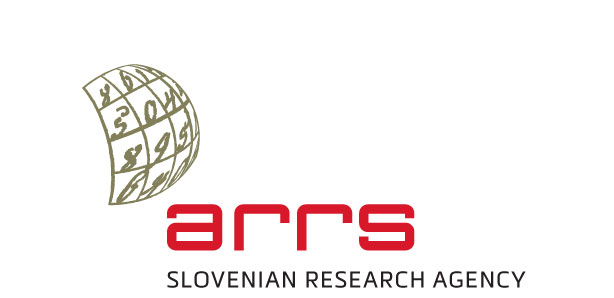Pharmaceutical and personal care product residues in the environment: Occurence, sources, treatment and effects
Pharmaceutical and personal care product residues in the environment: Occurence, sources, treatment and effects
Project leader: dr. Ester Heath, IJS
Partner: dr. Oliver Bajt
Code: L1-5457
Duration: 1.8.2013 - 30.9.2016
Abstract
Emerging environmental contaminants are not necessarily new chemicals, but are defined as substances that have often long been present in the environment but whose presence and significance are only now being elucidated. They commonly derive from municipal, agricultural, and industrial wastewater sources and pathways. The newly recognized contaminants represent a shift in traditional thinking as many are produced industrially but are also dispersed to the environment from domestic and commercial sources. Their presence is of concern due to possible adverse effects to human and the general wellbeing of ecosystems, especially since significant gaps in our knowledge exist concerning their presence, cycling, effects and eventual fate. One of the emerging groups of organic pollutants of special concern is pharmaceutical and personal care product (PPCP) residues. PPCP refers to any product used by individuals for personal health or cosmetic reasons or used by agribusiness to enhance either the growth or health of livestock. The major goal of this project is to provide information on these compounds in order to evaluate their potential threat to ecosystem’s wellbeing and consequently to human health. To accomplish this goal, we will within the research activities of this project develop ultra-trace level analytical methods to quantify PPCP residues (parent compounds, metabolites-if applicable, and environmental transformation products) in different matrices (e.g. water, sediment). Sophisticated analytical procedures including hyphenated gas and liquid chromatographic and mass spectrometric techniques will be applied to evaluate their occurrence. Initially, sources and pathways by which contaminants enter the environment and those compartments, which will be sampled, will be selected according to physicochemical parameters. Also, processes that define their fate in the environment will be characterised and quantified based on screening various advanced treatment processes. These include UV degradation, photocatalysis, degradation in cavitation chamber, ozonation, oxidation with chlorine dioxide in combination with classical activated sludge (aerobic, anaerobic) and will be studied using a laboratory scale wastewater treatment plant and each assessed for efficacy for removing PPCP residues. The most efficient combination will be selected not only according to removal of PPCP residues but also according to potential toxic effects. Nevertheless, PPCP residues may be considered as model compounds, i.e. the representatives of trace persistent polar organic pollutants. In this sense, the proposed treatment technologies may also be applied to other industrial branches dealing with the elimination of organic micropollutants in the discharges. Co-financing organisations and end-of-pipe users will actively take part in this proposal by contributing their knowledge, needs and experiences. The project coordinator (Jožef Stefan Institute), the research groups: University of Ljubljana Faculty of Civil Engineering and Faculty for Chemistry and Chemical Technology, National Institute of Biology, Ecological Engineering Institute, VO-KA Waste Water Treatment Plant Ljubljana, and co-financing organisations and end-of-pipe users: Central Waste Water Treatment Plant Domžale-Kamnik, VO-KA Waste Water Treatment Plant Ljubljana, Ecological Engineering Institute and the University Medical Centre - Oncological Institute Ljubljana, collaborating in the project all have excellent references and have successfully completed numerous projects on this scale, which forms a good foundation for carrying out the proposed research. Importantly, the project is also supported by CSIC, EAWAG and Hoffman LaRoche. Overall, the project outcomes will raise awareness related to the effects of PPCP released into the environment and the potential threat that they pose to aquatic biota and human health. We will share and disseminate the results through various media outlets.

 NIB - MORSKA BIOLOŠKA POSTAJA PIRAN
NIB - MORSKA BIOLOŠKA POSTAJA PIRAN

